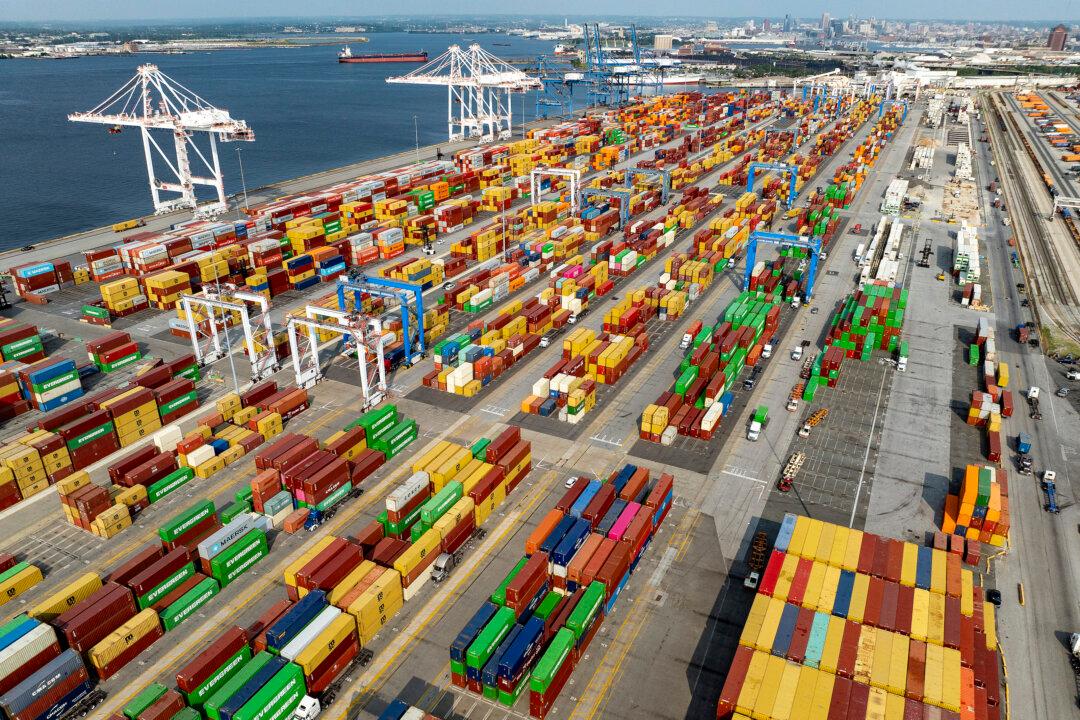Commentary
The unemployment rate in the euro area fell to 7 percent in December 2021, while it dropped to 6.4 percent (pdf) in the European Union, compared with the U.S. unemployment rate at 3.9 percent. We must not forget that these unemployment rates don’t include furloughed jobs covered by unemployment retention plans, which account for another 5 million workers waiting to return to normal activity.





